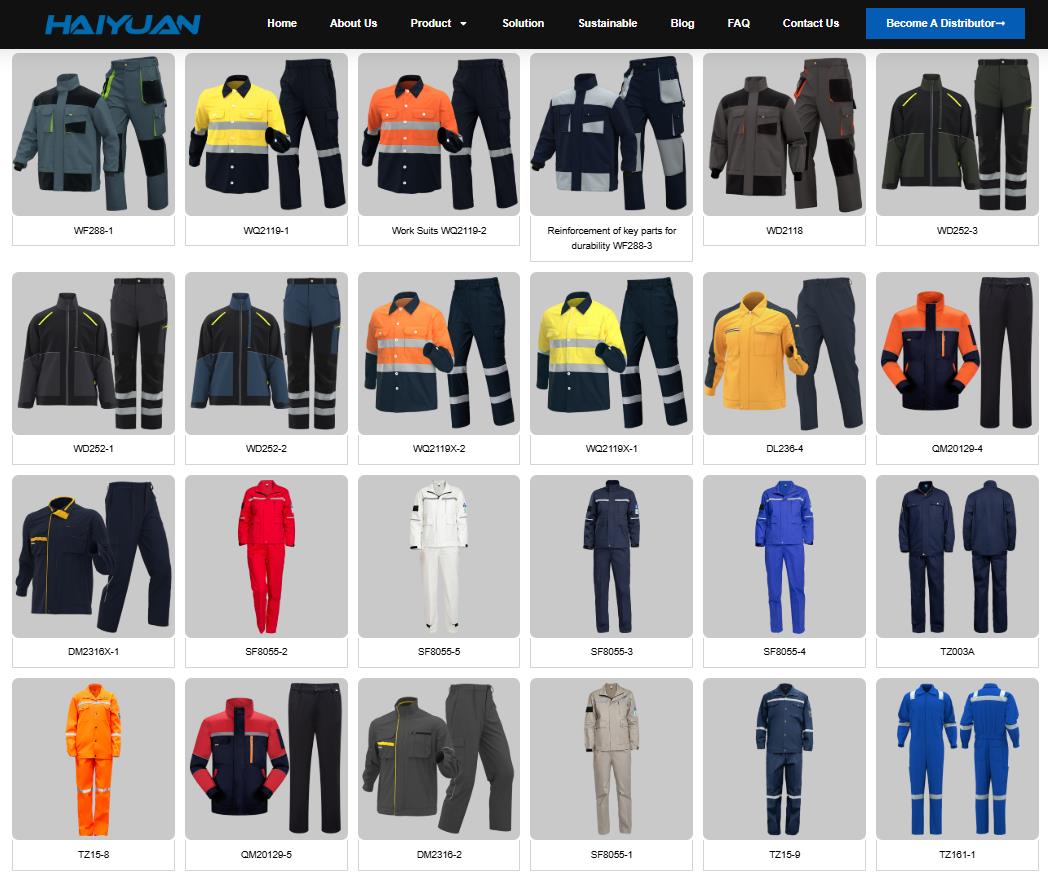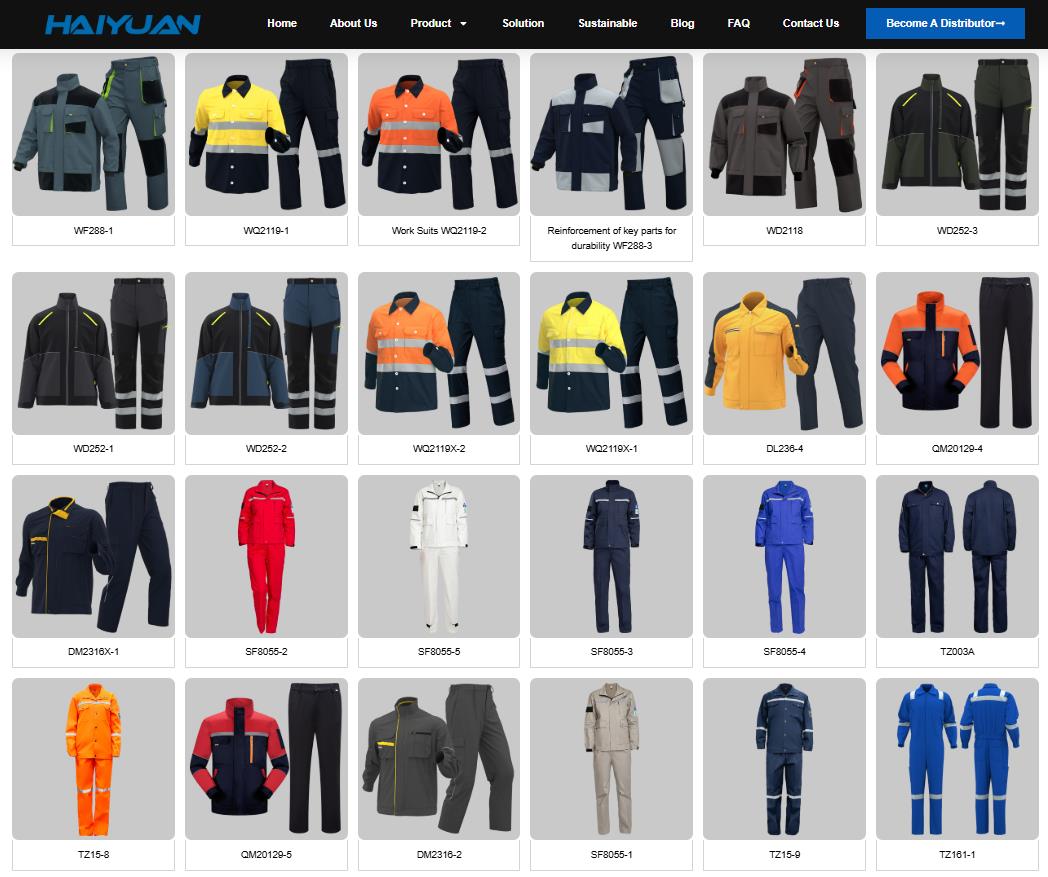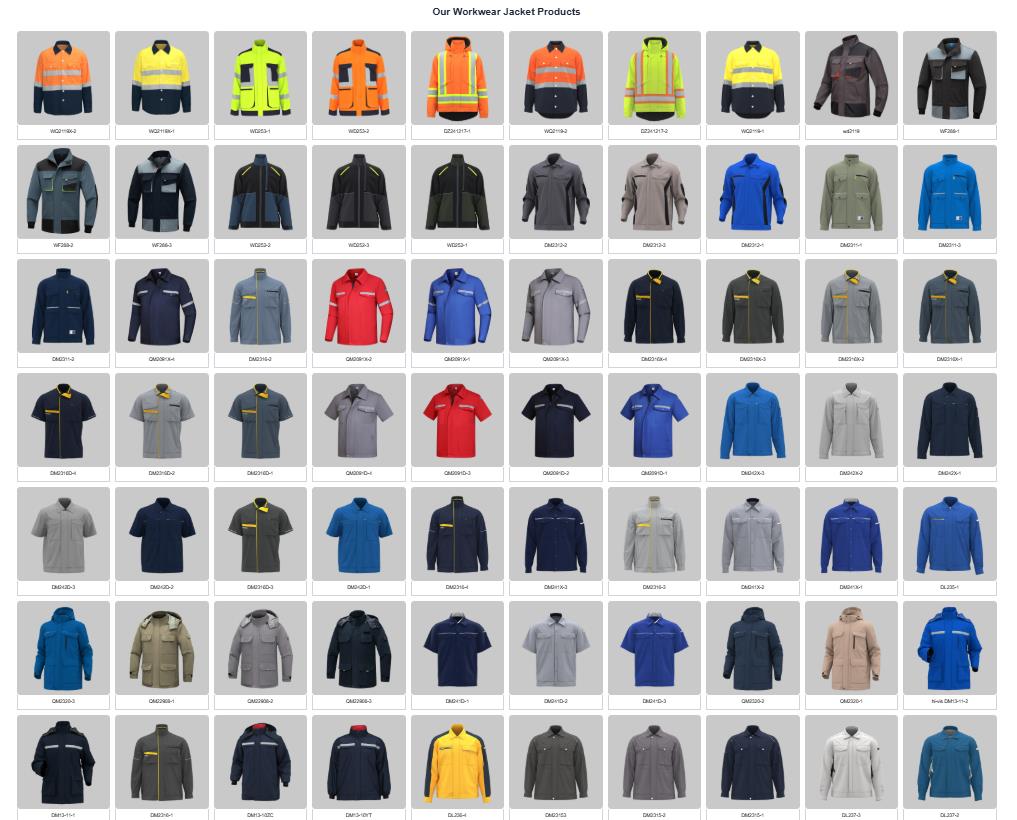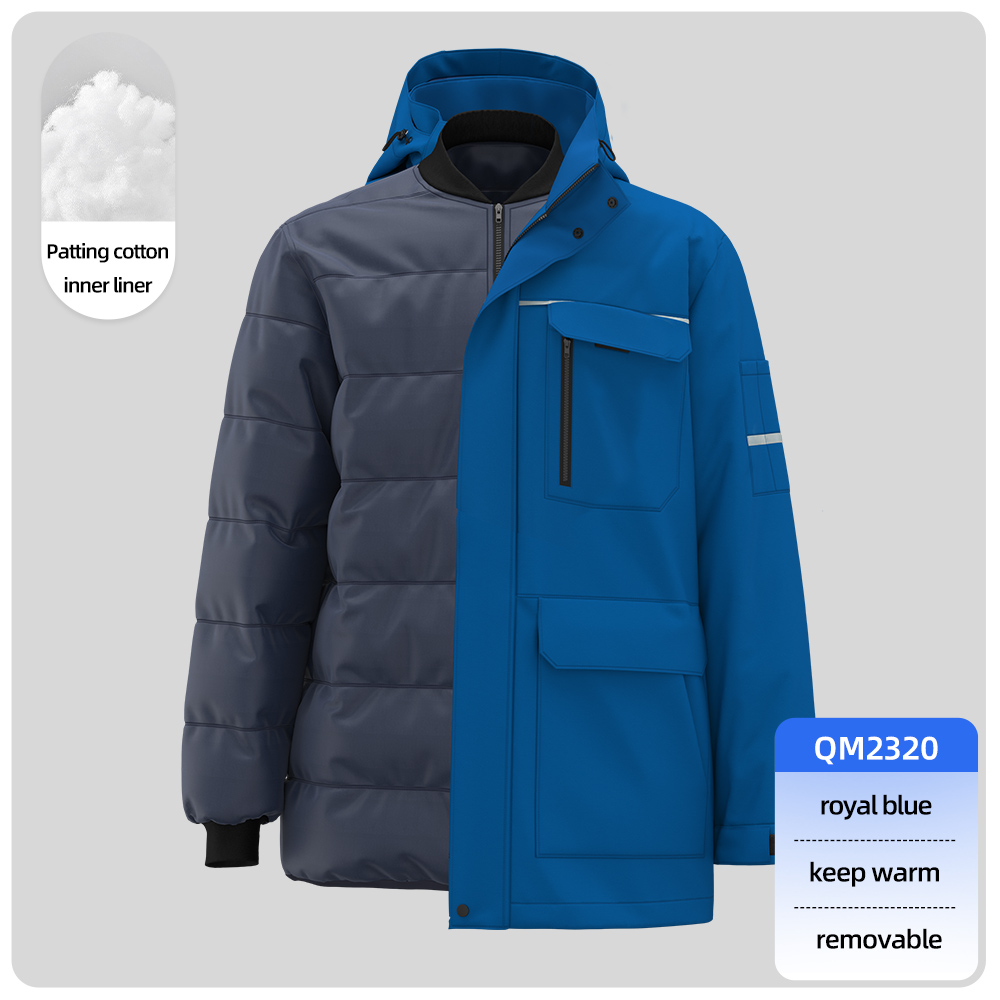The import duty rate for work clothes imported into Indonesia varies depending on the specific HS code and material composition, but generally ranges between 5% and 20% of the CIF (Cost, Insurance, Freight) value. Here’s a detailed breakdown:
Key Determinants of Import Duty:
-
HS Code Classification:
-
Chapter 61/62 (Knitted/Woven Apparel) are most common for workwear.
-
Examples:
-
Cotton work shirts (HS 6205.20.90): 15%
-
Synthetic safety jackets (HS 6211.33.00): 15%
-
Flame-resistant coveralls (HS 6211.32.00): 10%
-
-
-
ASEAN-China Free Trade Agreement (ACFTA):
-
If your Chinese supplier provides a Form E Certificate of Origin, duties may be reduced to 0–5% (e.g., cotton workwear often drops to 5%).
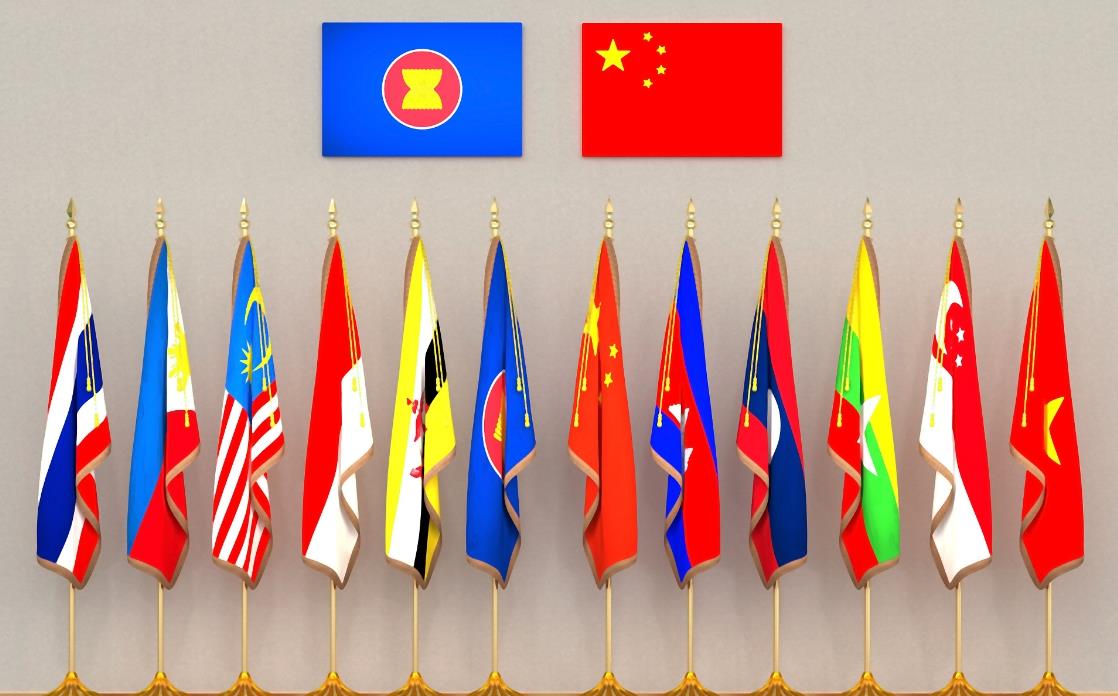
asean china free trade area’s
-
Additional Costs (Beyond Import Duty):
-
Value-Added Tax (VAT): 11% of (CIF value + Import Duty).
-
Income Tax (PPh 22 Impor):
-
2.5% for importers with an API-U license.
-
7.5% for non-API holders.
-
Calculation Example:
Assume a shipment of work clothes with:
-
CIF Value: $10,000
-
Import Duty: 15% ($1,500)
-
VAT: 11% × ($10,000 + $1,500) = $1,265
-
PPh 22: 2.5% × $10,000 = $250
✅ Total Taxes/Duties: $1,500 + $1,265 + $250 = $3,015 (~30.15% of CIF value).
Critical Steps to Minimize Costs:
-
Verify HS Codes: Use Indonesia’s official BTKI 2022 Tariff Book or consult a customs broker.
-
Claim ACFTA Benefits: Ensure your Form E is correctly filed.
-
Avoid Misdeclaration: Under-invoicing or incorrect HS codes may trigger penalties (up to 100% of evaded duties).
Resources:
-
Indonesian Customs (Bea Cukai): Tariff Lookup Tool
-
ASEAN Trade in Goods Agreement (ATIGA): Duty Reduction Schedules
Tip: Always request a binding tariff ruling from Indonesian customs for high-value shipments. Work with a local PPJK (customs broker) to ensure compliance and optimize duties. Duty rates can change – verify current rates via the National Single Window (INSW).
Recommended reading:

